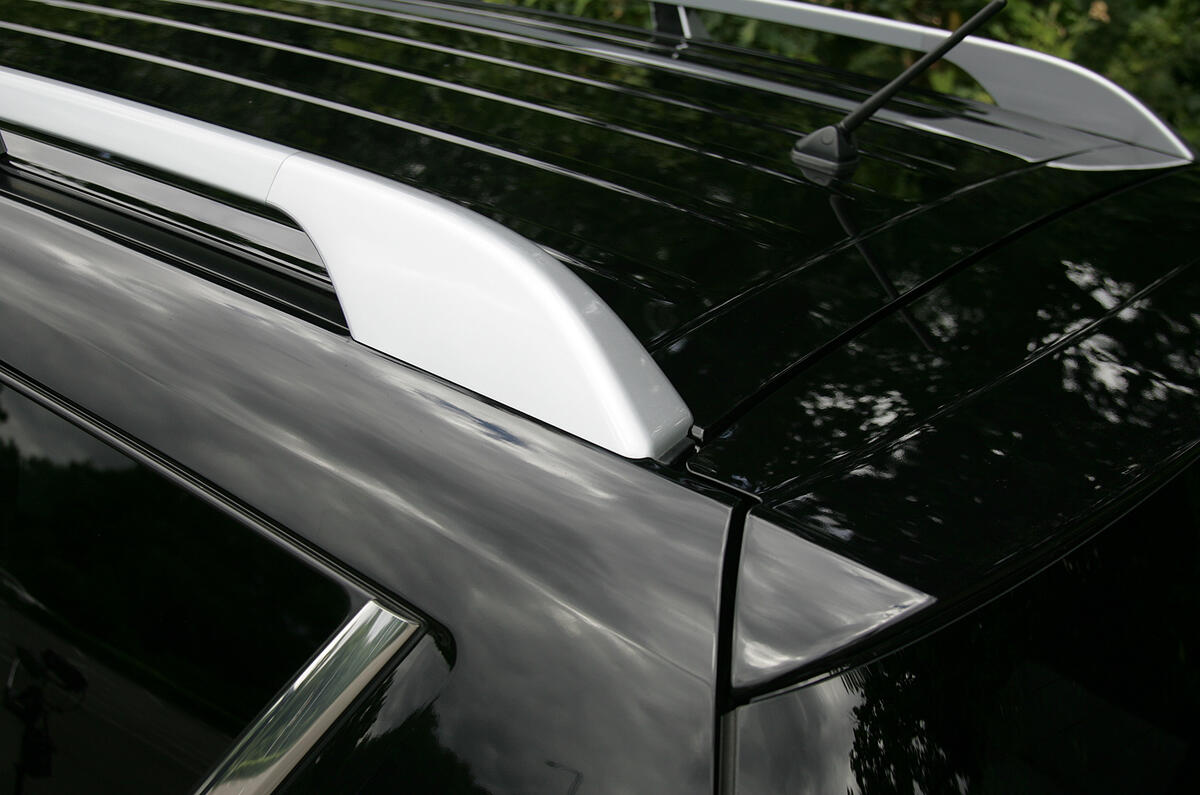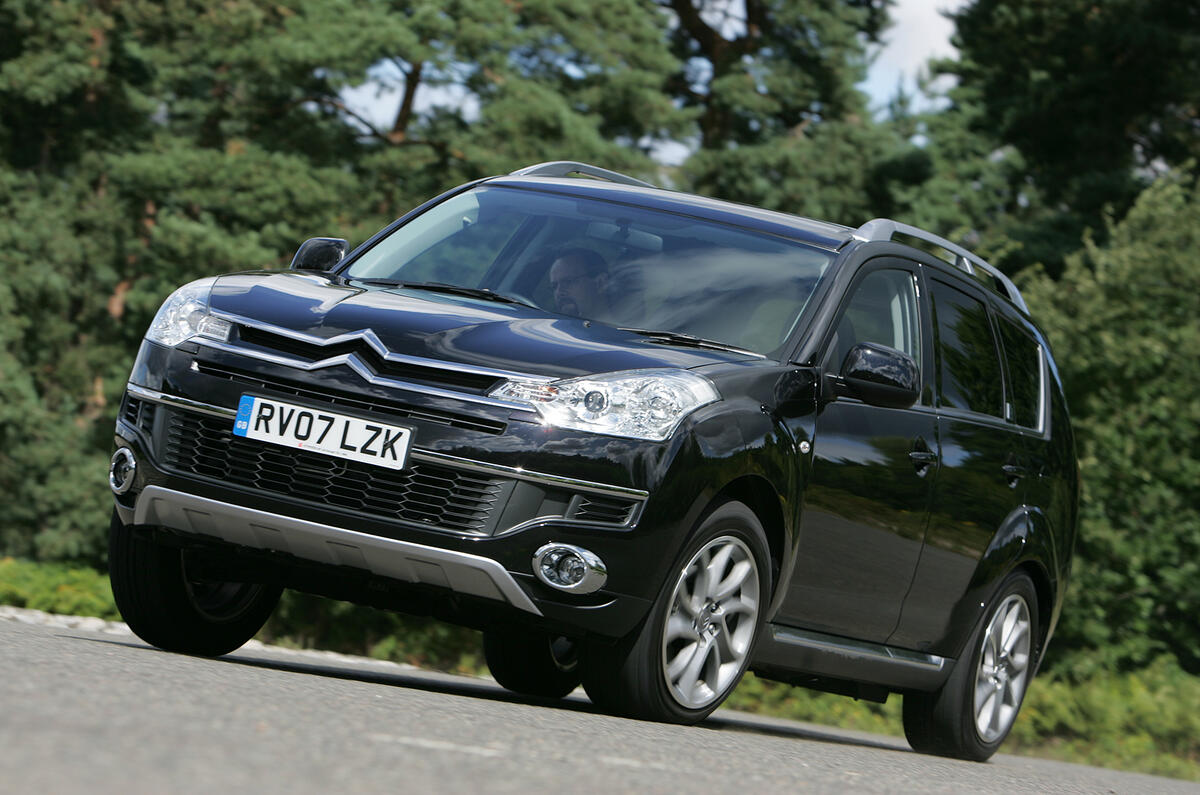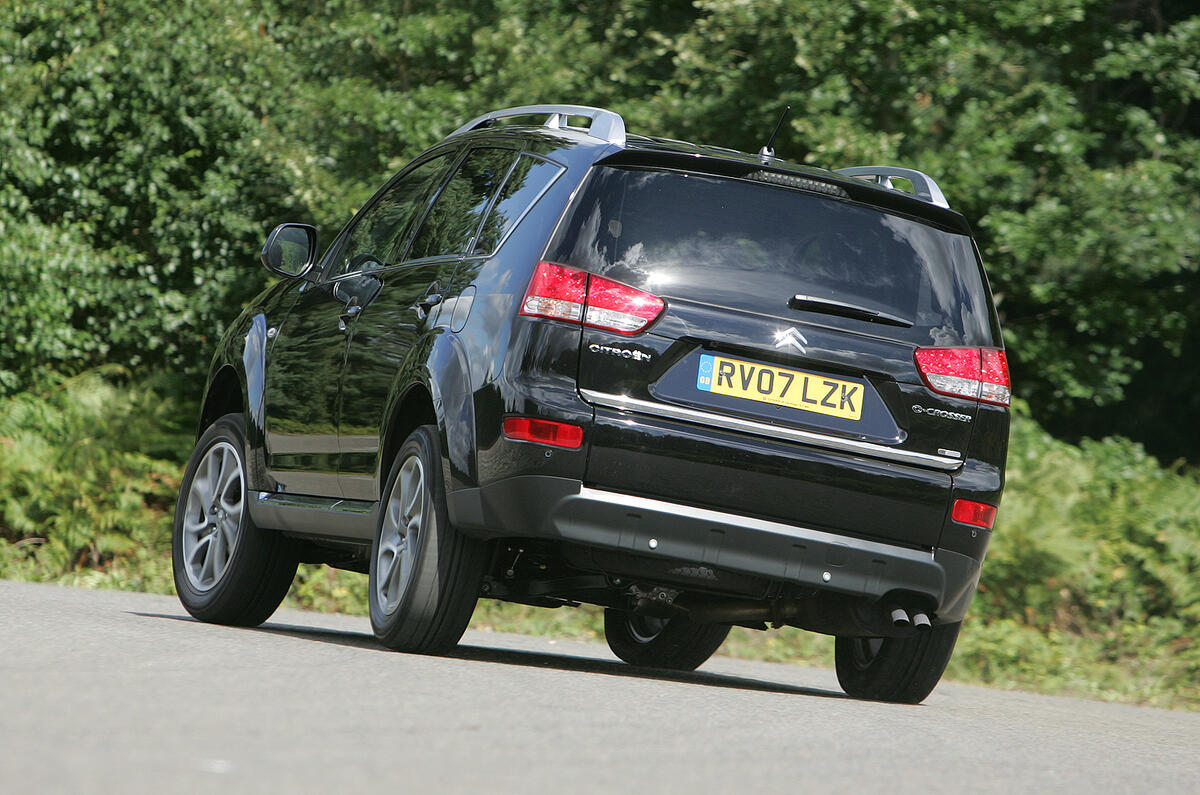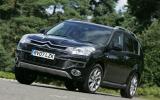Contrary to what the name might suggest, the C-Crosser’s not a boat but Citroën’s new SUV. Imagine you’re a greengrocer. You sell a good selection of homegrown fruit and vegetables: apples, strawberries, cauliflower, cabbage. But there’s a sudden rush on bananas. What do you do: attempt to grow them yourself? Not in Blighty. No, what you do is buy a few in and flog ’em as your own.
That sums up Citroën’s approach to SUV-making. Having recognised the current boom for 4x4s, parent company PSA has gone in with Mitsubishi to develop the Outlander soft-roader for Europe. It has taken that car, given it styling to suit the brand’s avant-garde image and chassis tuning to suit European roads. The result is the C-Crosser, and its PSA sibling, the Peugeot 4007.
There isn’t much history in the C-Crosser’s closet, Citroën’s only other forays into the 4x4 arena being decidedly left-field offerings such as the BX and AX 4x4s, the C25 4x4, the Berlingo XTR+ and, of course, the never-to-be-forgotten Mehari 4x4 and the crazy twin-engined 2CV Sahara.
The C-Crosser concept itself was first displayed at the Geneva show back in 2001 and also happened to feature drive-by-wire steering. But that was very different from the car you see here, which is technically little more than a restyled, rebadged Mitsubishi Outlander/Peugeot 4007.
used Citroen C-Crosser 2007-2012 cars for sale









































